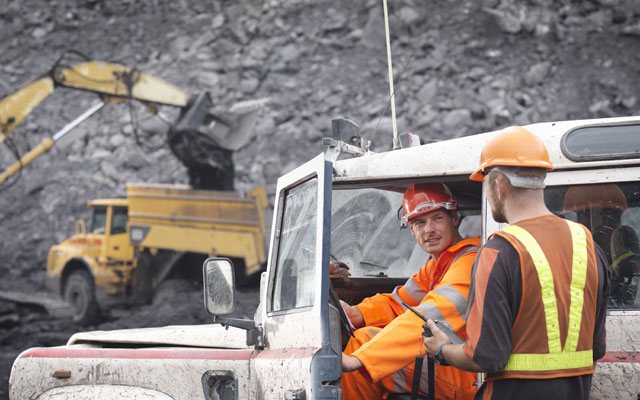The Obama Administration has imposed a laundry list of new regulations on the coal industry, making it increasingly difficult to mine coal and to build and operate coal-fired power plants, which are critical to providing Americans with affordable electricity. Although the President continued his attack on coal in his recent climate speech, one bright spot for the coal industry is that exports continue to climb, creating jobs and wealth in the process. While some politicians, the Environmental Protection Agency, and environmental activists want to make exporting coal more difficult, the Army Corps of Engineers, the lead agency in permitting coal-export facilities, has refused to block construction of export terminals in Oregon and Washington.
Jennifer Moyer, Acting Chief of the Regulatory Program for the U.S. Army Corps of Engineers, testified before the House Subcommittee on Energy and Power that in accordance with the law the Corps would conduct only the environmental review and permit process for each export terminal, not the regional or cumulative environmental review of export facilities in the Northwest as sought by environmental activists and some politicians. They wanted the Corps to measure the environmental and climate effects of the coal mining, transportation, export facility, and use in a foreign country. Moyer rightly told the subcommittee that such a wide-ranging review was outside the Corps’ authority, noting: “The scope of our analysis with respect to these proposals is defined by law and regulation.”
Not only would such a cumulative environmental analysis jeopardize other possibilities for coal exports in different regions of the country, stifling jobs in the process, but it could extend to other major projects and export efforts, such as natural gas or automobiles. The emissions generated from mined ores, the manufacturing of vehicles, the trucks that transport the cars to cargo ships, the emissions of the cargo ships, and the emissions of the vehicles driven for decades could make exporting cars much more costly and difficult. Such an approach would suppress economic growth and job creation while doing little to protect the environment.
Coal has been an affordable, reliable energy source for the United States and has the potential to fill that role well into the future. The U.S. has 497 billion tons of recoverable coal in the United States—enough to provide electricity for 500 years at current consumption rates. Yet the coal industry faces a number of challenges, particularly onerous regulations and cheap natural gas. As a result, coal companies are taking advantage of export opportunities, increasing export revenue and economic growth here at home. According to the U.S. Energy Information Administration:
Coal exports from the United States in March 2013 totaled 13.6 million short tons, nearly 0.9 million short tons above the previous monthly export peak in June 2012. EIA is projecting a third straight year of more than 100 million short tons of coal exports in 2013, following annual exports in 2011 of 107.3 million short tons and record annual exports in 2012 of 125.7 million short tons.
The degree to which the White House’s Council of Environmental Quality focuses on the climate effects of coal exports is still a concern, but the Army Corps of Engineers’ decision to conduct only the environmental review and permit process for each individual export terminal is a step in the right direction.
